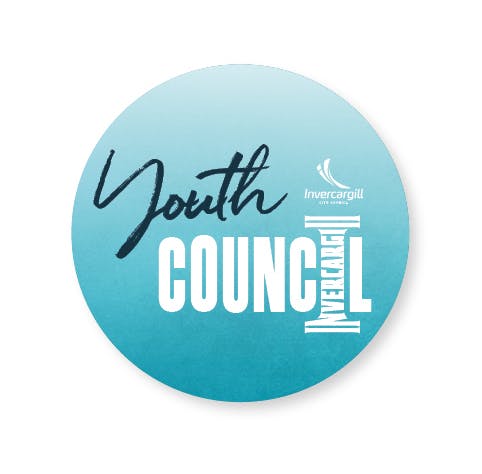Voting system for 2025
Consultation has concluded
Each term Council can chose what election method it wishes to use - for the next election. We can chose between First Past the Post (the current system) and Single Transferable Vote. Council is now asking for feedback on what voting system you would like to use for the 2025 elections?
We want to know whether the voting system we use to elect the Mayor, councillors and community boards is the best one for Invercargill. There is a choice between the system we already use, First Past the Post (FPP), or Single Transferable Voting (STV). If we change the voting system, that will be the one used for the next two Council elections in 2025 and 2028.
Here is a brief presentation of these two voting systems:
First Past the Post (FPP)
- This is the voting system we currently use to elect the Mayor, councillors and community boards. It is easy to understand and most people in Aotearoa New Zealand are familiar with it.
- Voters place a tick beside the name of the person they wish to vote for and the candidate with the most votes wins.
- Where there are several positions to be filled, you get one vote for each vacancy. Again, candidates with the most votes are elected.
Single Transferable Voting (STV)
- STV is a proportional voting system used in parts of Australia, United States and Ireland. It is also sometimes used to elect board members to companies like Fonterra and is used by 15 other Councils in New Zealand.
- Instead of ticking the candidate you want, you rank candidates in order of preference – “1” beside your most preferred candidate, “2” beside the second-most preferred, and so on.
- To be elected, a candidate must get a certain number of votes. This is known as the ‘quota’ and is worked out after voting has closed. The quota is calculated by dividing the total number of votes received by the number of vacancies, plus one vote.
- To be elected, a candidate must get enough votes to reach the quota. If there is more than one vacancy, votes received over the quota are partially transferred to other candidates in order of voter preference. Those with fewest votes are eliminated and their votes are partially transferred to other candidates. This process repeats until enough candidates reach the quota and all vacancies are filled.
So what are your thought about Council's voting system?
Join one of our kōrero events to talk to councillors or let us know by making a submission through our online survey, dropping a submission form at Te Hīnaki - Civic Building, Invercargill Libraries or Bluff Services Centre or sending us an email to policy@icc.govt.nz.
Submission are due by 14 June, Council will make a decision in July 2023.




